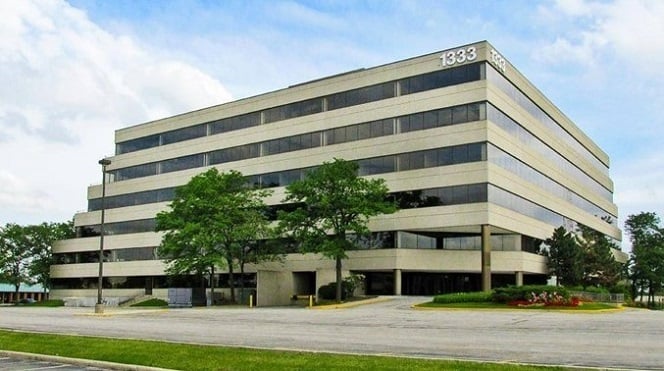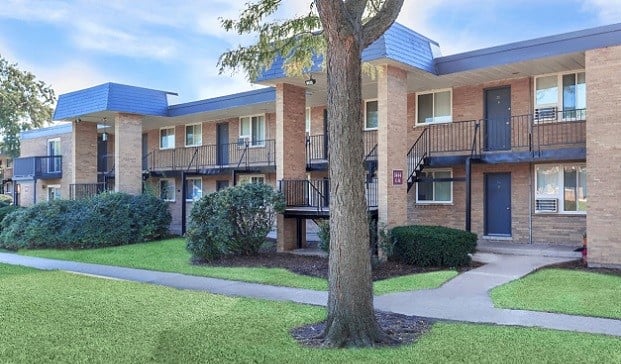
CHICAGO—The office environment has undergone some profound changes in the last decade. What we think of as the traditional workspace has in many locations given way to collaborative arrangements that allow employees to work together in a variety of ways. Furthermore, amenities have assumed far greater importance for firms competing for talent. The rooftop decks and fitness clubs in today's office spaces would astonish people from the not-so-distant past. But these transformations are not yet finished, and in some ways are just getting started.
“We believe the largest landlords in the world are about to get into this game,” Chris Kelly, president and co-founder of Convene, which creates amenity centers for entire buildings and portfolios, said last week at JLL's Chicago 2025 forecast event. That is, some now recognize they can help even their smallest tenants compete for talent by providing an array of amenities and on-demand, flexible services. In a way, landlords will aim to become a true brand, a name familiar not just to those that sign leases, but also the employees that work in their buildings.
New York City-based Convene was founded in the aftermath of the recession to create amenity centers for entire buildings, relieving tenants of having to provide meeting rooms, conference centers, cafes and other conveniences. It recently signed a lease in Chicago's Willis Tower, the city's largest office property, as part of Blackstone's $500 million makeover. But Convene's recent debut in Los Angeles may be a better example of where the office market is headed.
The company formed a partnership last fall with Brookfield Properties, its second largest shareholder, to provide services throughout the firm's nine-building, 8.6 million square foot portfolio in Los Angeles. Tenants across the portfolio will be able to access services at any location, helping Brookfield differentiate itself and project an image. “It's starting to resemble a college campus,” said Kelly.
He expects more landlords that operate multiple properties in a single market will do likewise and start leveraging their size when creating amenities and services.
And providing that level of service could change how we think about the cost of real estate. Although some have said rental rates are hitting a ceiling, Kelly believes that the new commercial model, where tenants are wrapped in experiences and amenities, will greatly boost the value of office space. He drew several analogies. For example, consumers who once would never pay more than $150 for a flip phone now think nothing of buying an iPhone for $900. And NFL teams that in the past were valued in the tens of millions are now typically worth more than $1 billion. “We have the same opportunity here.”
Want to continue reading?
Become a Free ALM Digital Reader.
Once you are an ALM Digital Member, you’ll receive:
- Breaking commercial real estate news and analysis, on-site and via our newsletters and custom alerts
- Educational webcasts, white papers, and ebooks from industry thought leaders
- Critical coverage of the property casualty insurance and financial advisory markets on our other ALM sites, PropertyCasualty360 and ThinkAdvisor
Already have an account? Sign In Now
*May exclude premium content© 2025 ALM Global, LLC, All Rights Reserved. Request academic re-use from www.copyright.com. All other uses, submit a request to [email protected]. For more information visit Asset & Logo Licensing.








